The role of aluminium paste in lightweight concrete is mainly as a foaming agent and its performance directly affects the quality and properties of the concrete.
The role of aluminium paste in lightweight concrete is mainly as a foaming agent and its performance directly affects the quality and properties of the concrete. The following are a few key parameters that affect the performance of aluminium paste:
1. Purity: The purity of an aluminium paste is usually expressed as a percentage. Higher purity usually means that there are more active ingredients in the paste and the foaming effect may be better. For example, 65% purity of aluminium paste means that it may contain other ingredients in addition to aluminium.
2, Active aluminium content: active aluminium content refers to the percentage of aluminium in the paste that can participate in the chemical reaction and produce gas. Higher reactive aluminium content usually means that more gas can be produced during the reaction process, thus forming more foam.
3, Particle size: particle size (D50) means that under certain conditions, 50% of the particles are smaller than this size in diameter. Aluminium paste with smaller particle size can release gas faster and more evenly when reacting with water, which helps to form a uniform foam structure.
4, Non-volatile content: non-volatile content refers to the proportion of non-volatile components in the aluminium paste after heating under specific conditions. This parameter reflects the stability of the aluminium paste in the heating process, the higher the non-volatile content, indicating that the aluminium paste in the heating process, the less the loss of components.
These parameters determine the performance of aluminium paste in lightweight concrete, including its foaming ability, stability and the physical properties of the final concrete.
1. Chemical analysis method: Separate the aluminium element from the sample by dissolving the concrete sample, and then use chemical reagents for quantitative determination. This method has high accuracy, but requires professional laboratory conditions and operating skills.
2、Spectral analysis methods: including atomic absorption spectrometry (AAS), inductively coupled plasma emission spectrometry (ICP-OES) and X-ray fluorescence spectrometry (XRF). These methods can directly measure the content of aluminium element in the sample, with fast and accurate characteristics, but need expensive instrumentation and professional technicians to operate.
*Atomic Absorption Spectrometry (AAS): quantitative analysis using the absorption of aluminium atoms at specific wavelengths of light.
*Inductively Coupled Plasma Emission Spectrometry (ICPES): quantitative analysis by exciting aluminium atoms in the sample and measuring the characteristic spectra emitted by them.
* X-ray fluorescence spectrometry: using X-ray irradiation of the sample, by measuring the fluorescence intensity emitted by the aluminium atoms after being excited to determine the aluminium content.
3. Sieving method: For lightweight concrete containing a high amount of aluminium powder, the aluminium powder particles can be separated from the concrete by sieving and weighed to calculate the aluminium powder content. This method is simple and fast, but the accuracy is relatively low, only for specific cases.
4, Microscope observation method: the use of microscope observation of concrete samples in the form of aluminium powder particles and distribution, combined with image processing technology for quantitative analysis. This method is applicable to the need to understand the distribution of aluminium powder in concrete.
5、Professional testing organisations: If you do not have the conditions to measure by yourself, you can send the samples to professional testing organisations for testing. These institutions usually have advanced equipment and professional technicians, and can provide accurate and reliable test results.
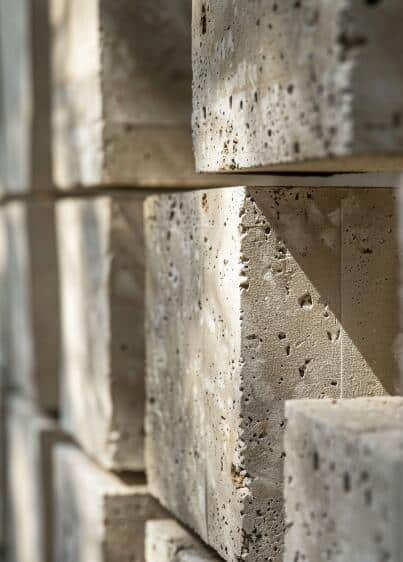
1.Density and weight: the increase of aluminium powder content, the amount of hydrogen produced by the aluminium paste in the concrete increases, leading to an increase in the number of bubbles inside the concrete, thus reducing the density and weight of the concrete.
2.Strength: the right amount of aluminium powder can improve the compressive strength of concrete, because the aluminium powder particles can fill the tiny pores in the concrete, reduce the porosity and improve the compactness. However, when the content of aluminium powder is too high, too many bubbles may lead to loose internal structure of concrete, but reduce the strength.
3, durability: aluminium powder and other components in the concrete reaction, can form new cementitious materials, help to improve the durability of concrete. However, too much aluminium powder may produce unfavourable chemical reactions, affecting durability.
4, Thermal insulation: the increase of bubble structure improves the thermal insulation of concrete, the higher the content of aluminium powder, the better the thermal insulation effect may be.
5.Constructability: the right amount of aluminium powder can improve the fluidity and workability of concrete, and improve the construction efficiency. However, too much aluminium powder may cause the concrete to be too loose, which is not conducive to construction.
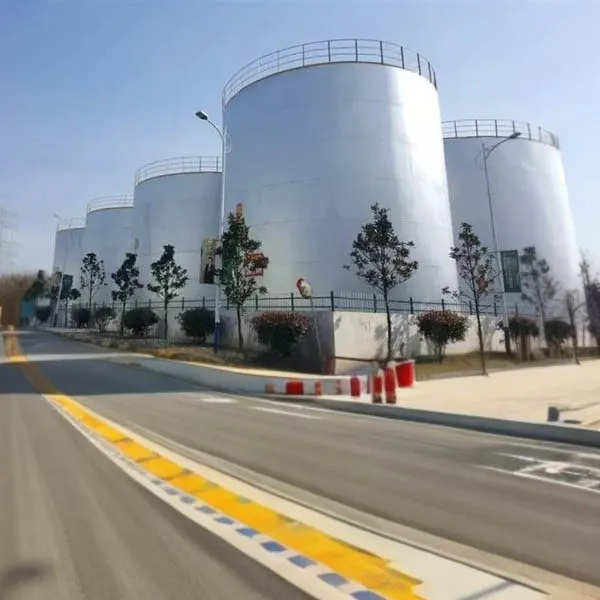
The amount of Aluminum Paste used depends on the volume density of AAC. When using Aluminum Paste of the same quality, the higher the volume density of the product, the lower the amount of Aluminum Paste used.
In fact, we can accurately calculate the amount of Aluminum Paste used based on the volume density of the product:
Based on the reaction formula of Aluminum Paste replacing hydrogen in water in an alkaline environment:
2AL 3Ca(OH)2 6H2O-3Ca.AI2O3.6H2O 3H2↑
According to statistics, 2 grams of pure metal aluminum can produce 3 grams of H2, but under standard conditions, the volume of 1 gram of gas is 22.41, and the atomic weight of aluminum is 27. Therefore, the gas production of Aluminum Paste is:
Vo=22.4X1.241/[3/2X27]g
According to the above formula, the gas production of Aluminum Paste under various conditions can be calculated using the vapor state equation (V1/T1)=(V2/T2):
The volume of AAC can be simplified into two parts: one is the approved volume of the base material, and the other is the pore volume formed after the Aluminum Paste is gasified. According to the pore volume, the amount of Aluminum Paste can be calculated:
M aluminum=V pore/(V2K)
In the type: M aluminum-the amount of Aluminum Paste used in the company’s products (g/cubic);
K—-active aluminum content
The pore volume is equal to the product volume, combined with the amount of materials and their respective proportions to reduce the volume of raw materials and water). However, during the production process, the gas production is affected by many factors such as temperature changes and slurry consistency. According to theoretical calculations, the amount of Aluminum Paste is impossible and unnecessary. The factory selects based on social experience and adjusts at any time. Generally speaking, when using aluminum paste, the aluminum paste is added at a ratio of 8/10,000 dry materials to produce 600kg/cubic aerated concrete.
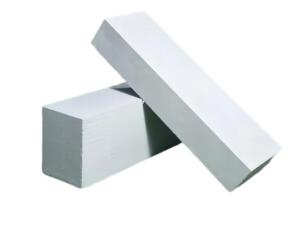
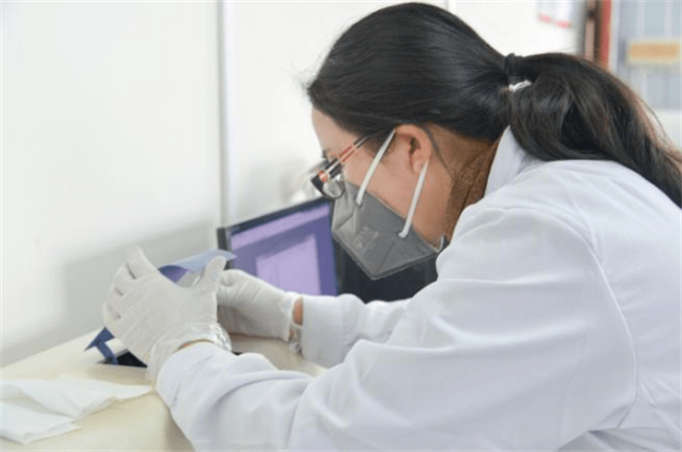
| Product Name | Solid Content (%) | Active Alumina (%) | Bulk Density | Median Particle Size (D₅₀) | Suitable for AAC |
|---|---|---|---|---|---|
| DEG-60 | 70% | ≥96 | 0.15 | 58–62 | <600 |
| DEG-40 | 70% | ≥94 | 0.15 | 36–42 | <500 |
| DEG-35 | 70% | ≥94 | 0.15 | 33–35 | <400 |
| DEG-25 | 70% | ≥94 | 0.15 | 25–27 | <400 |
| DEG-18 | 70% | ≥92 | 0.11 | 17–19 | <350 |


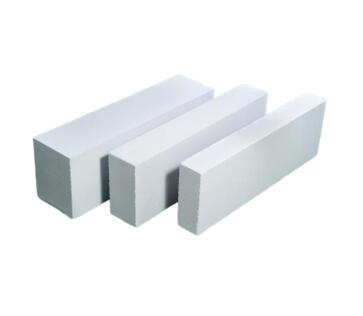
We suggest you to communicate with us fully before purchasing, we will certainly consider all aspects and provide a fair and reasonable price plan. By choosing us, you will get the best product and the best value for your money.
Choosing the right size of product gives you the best value for money. Our Aluminum Paste for Lightweight Concrete Brick is available in a wide range of particle sizes and purities, with prices varying by specification. By communicating your needs in detail and choosing the right size, you can get the best value for your money.
The larger the quantity purchased, the lower the unit price will be. Bulk orders allow us to better share our production and operating costs, so we are happy to offer discounted prices for bulk purchases.
The timing and method of payment you choose will also affect the price. For example, paying in full upfront can result in a more favourable price, as it reduces our cost of capital. Please discuss the most suitable payment option with our sales team.
Transport and logistics are also factors that affect the total cost of ownership. Different modes of transport and destinations will incur different shipping costs. Duties, insurance and other costs also need to be taken into account. By calculating these factors in advance of purchase, you can more accurately estimate the total cost.
The production process of aerated aluminum paste (slurry)/powder is crucial in determining the final product’s quality and performance. This chapter will detail the production flow, key technologies, and control points of each stage in the manufacturing process of aerated aluminum paste (slurry)/powder to help readers better understand the manufacturing of this critical material.
The production flow of aerated aluminum paste (slurry)/powder typically includes the following main steps:
Before production begins, the selection and Preparation of raw materials are crucial. The main raw materials include aluminum powder, additives (such as DEG, dispersants, etc.), and other ingredients. The selection of aluminum powder is usually based on its particle size, activity, and purity. Highly active aluminum powder can generate more hydrogen gas when reacting with water, thus achieving better gas generation effects. The selection of additives needs to consider their role in the aerated aluminum paste, such as improving fluidity and enhancing reactivity.
The prepared aluminum powder and additives are mixed in a certain proportion. This step usually uses high-efficiency mixing equipment to ensure uniform component distribution and avoid agglomeration. The mixing time and speed must be strictly controlled during the mixing process to ensure a sufficient combination of aluminum powder and additives, laying a good foundation for subsequent reactions.
The mixed materials need to be ground to reach the specified particle size. This step is crucial for improving the activity of the aluminum powder. Using ball mills or other types of grinding equipment can effectively reduce the particle size and increase the surface area of the aluminum powder, thereby enhancing its reactivity with water. After grinding, the materials must also be classified to ensure particle size and product distribution consistency.
In this step, the ground aluminum powder is mixed with water and other necessary additives to form the aluminum paste. The reaction conditions at this time (such as temperature and stirring speed) need to be controlled to ensure that the reaction between aluminum powder and water is sufficient to generate a stable bubble structure. Better gas generation effect and fluidity can be obtained through reasonable proportioning and stirring.
The prepared aerated aluminum paste (slurry) must pay attention to environmental conditions during storage and transportation, avoiding high temperatures and humidity to prevent premature reaction and failure. Its physical and chemical properties should be checked regularly during storage to ensure stable product quality. Finally, the aluminum paste must be packaged according to standards to ensure no leakage or deterioration occurs during transportation.
In the production process of aerated aluminum paste (slurry)/powder, several key technologies have a profound impact on the performance and quality of the final product:
Ball milling is an important technology for grinding aluminum powder. The physical grinding process can effectively reduce the particle size of the aluminum powder and increase its specific surface area. Smaller particle sizes help enhance the reactivity of the aluminum powder, allowing it to generate hydrogen gas more rapidly when reacting with water, thereby forming a uniform and stable bubble structure.
Classification technology plays an important role in ensuring the consistency of the particle size distribution of aluminum powder. Through classification, aluminum powders of different particle sizes can be separated, improving the activity and adaptability of the material. A suitable particle size distribution can optimize bubble formation and enhance aerated concrete’s strength and thermal insulation performance.
In the preparation process of aluminum paste, controlling reaction conditions (such as temperature and time) is crucial. Reasonable reaction conditions can ensure that the reaction between aluminum powder and water is sufficient to generate an adequate number of evenly distributed bubbles. The application of reaction control technology helps to improve the stability and consistency of the product.
Product performance can be improved by continuously optimizing the formulation of aluminum paste (slurry). For example, adding appropriate amounts of certain additives can increase the aluminum powder’s reaction rate and improve the aluminum paste’s fluidity and stability. In addition, for different application needs, enterprises can develop various types of aluminum paste to meet the market’s diverse needs.
In production, controlling environmental conditions (such as temperature and humidity) is also crucial to ensure product quality. Especially in the storage and transportation stages, it is necessary to provide suitable environmental conditions to prevent the aluminum paste from failing or deteriorating due to environmental changes.
Quality control is an important link throughout the production process to ensure the stable performance of aerated aluminum paste (slurry)/powder. Enterprises usually establish a complete quality management system, including:
Before production begins, all raw materials must undergo strict quality inspection to ensure they meet production standards. The aluminum powder’s activity, purity, and particle size distribution need to be tested to determine whether it meets the production requirements.
During the production process, the parameters of each stage (such as temperature, humidity, mixing time, etc.) are monitored in real-time to ensure that the production process is always in the best state. In addition, online testing equipment can detect and adjust problems in time to prevent the generation of unqualified products.
After the product is produced, comprehensive performance testing of the finished product is required, including indicators such as fluidity, gas generation, and compressive strength, to ensure that it meets relevant standards and customer needs. Only products that have passed strict testing can be put on the market for sale.

Questions Customers Often Ask When Looking for Aluminum Paste for Lightweight Concrete Brick Factory
1. Is your factory a Aluminum Paste for Lightweight Concrete Brick manufacturer?
Answer: Yes, we are a professional manufacturer of DEG Aluminium Paste with many years of production experience and advanced production technology.
2. What are the quality indexes of Aluminum Paste for Lightweight Concrete Brick in your factory?
Answer:The quality indexes of Aluminum Paste for Lightweight Concrete Brick in our factory are as follows:
Solid containing: 70±1
Delayed aerating time: 1-3 minutes
Activated aluminium: ≥92
Particle size uniformity: high
3. What is the price of Aluminum Paste for Lightweight Concrete Brick in your factory?
A: The price of Aluminum Paste for Lightweight Concrete Brick in our factory depends on the specific model and quantity, please contact us for detailed quotation.
4. What is the minimum order quantity of DEG aluminium paste in your factory?
A:The minimum order quantity of DEG aluminium slurry from our factory is 1 ton,it is depends.
5. What kind of after-sale service can your Aluminum Paste for Lightweight Concrete Brick provide?
Answer:Our factory provides the following after-sales service:
Product quality guarantee
Technical guidance
After-sales service tracking
6. Can your Aluminum Paste for Lightweight Concrete Brick be customized?
Answer: Yes, we can customize the production of DEG Aluminium Paste according to customers’ requirements.

At Five Star Material, we understand that every project is unique, and our goal is to provide the best customized solutions for each customer.
We will contact you within 24 hours.
For your urgent inquiries,please contact us through whatsapp No. : +86-18001668319

